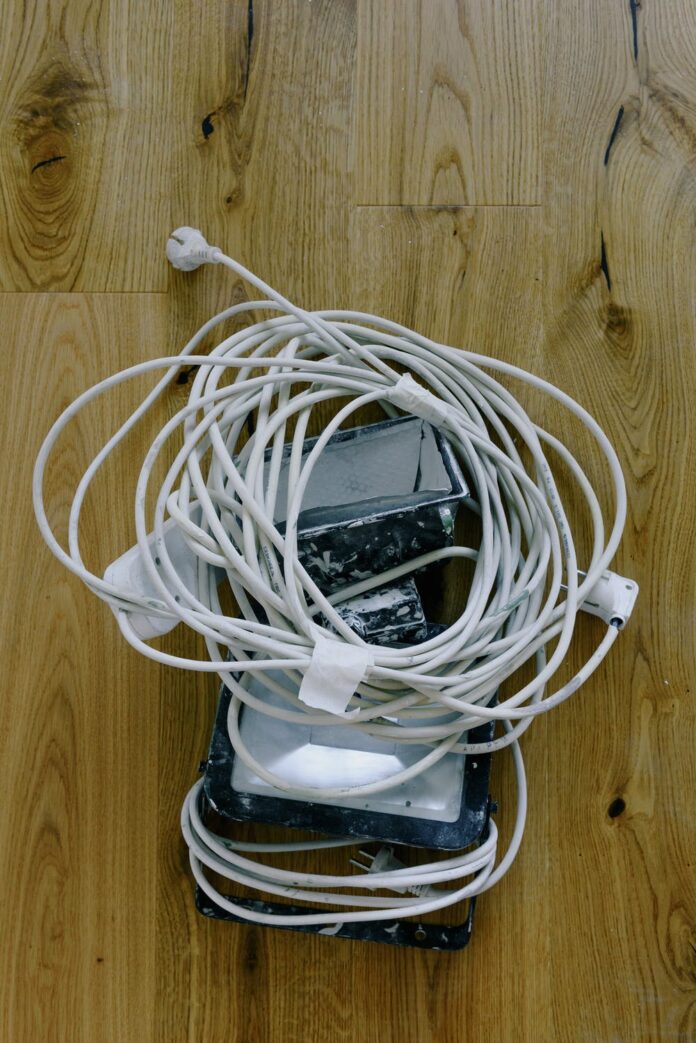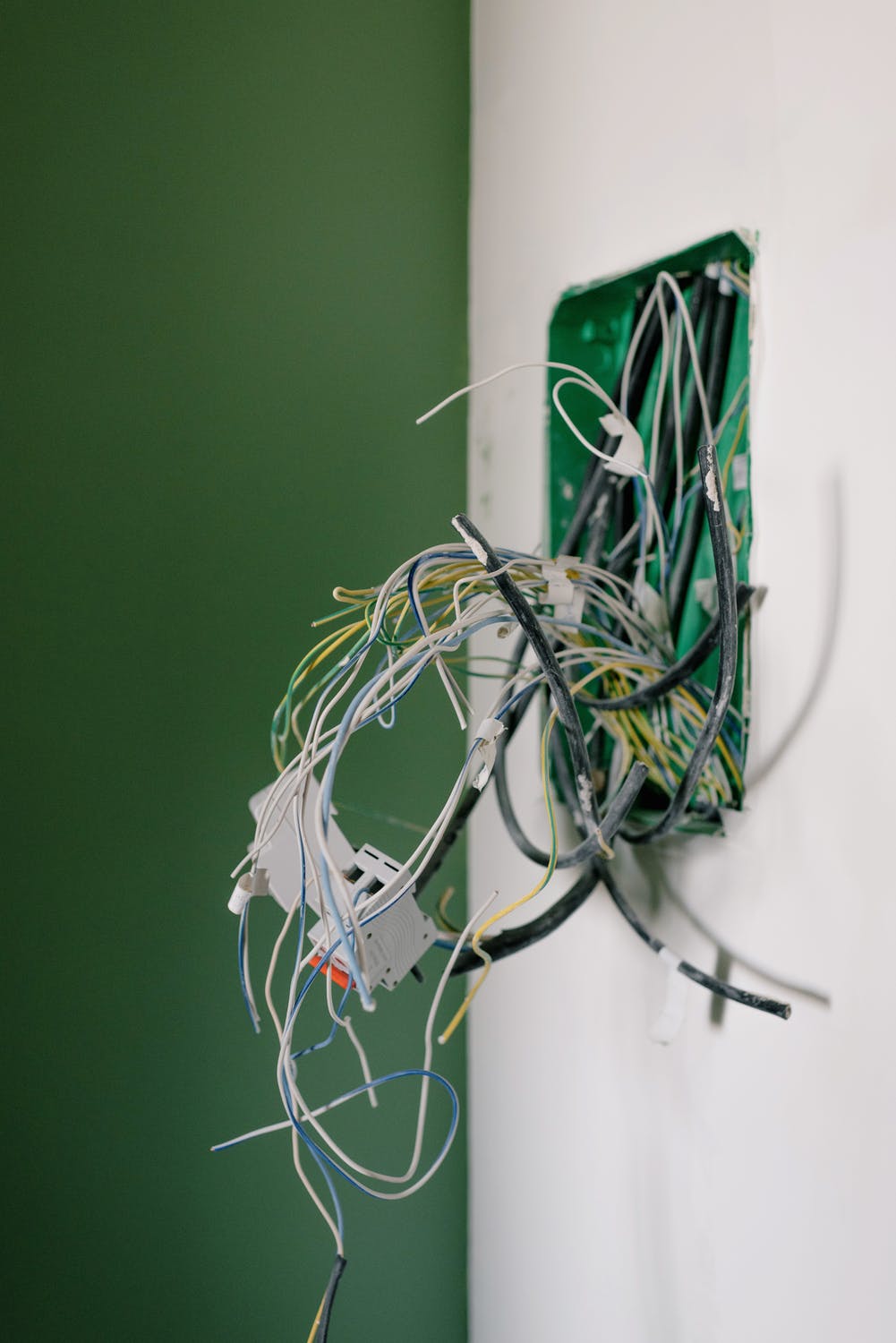Electricity is everywhere in the home. From switching on a light, to charging your phone, to washing your clothes, it powers daily life. As electricity is just a mundane part of everyday living, it is easy to forget how harmful it can potentially be. For anyone, but especially families with pets or smaller children, it is definitely important to understand electrical safety in the home.
It was reported that 31,000 home electrical fires occur every year in the United States, and were over 180 cases involving electrocution or electricity-related incidents that could have been avoided. These figures go to show that electrical safety should be taken very seriously, with preventative measures, such as the six mentioned below, taken as a given when living with electricity in the home. Especially when carrying out a home improvement project or Do-It-Yourself (DIY) job, it is important to keep electrical safety at the forefront of your mind.
What Is Electrical Safety?
Electrical safety is being aware of electrical hazards or dangers around the home, knowing what to look out for, avoid, and the precautionary measures that are needed to be taken in order to live safely with electricity.
What Causes Electrical Problems Or Fires In The Home?
There are many different causes of electrical issues in the home, which can lead to malfunction or fires. Factors such as faulty wiring, mistakes, or appliance misuse are some of the most common electrical issues leading to negative effects, such as a fire.
6 Electrical Safety Tips For Safety In The Home
1. Keep electronics away from water
Water and electricity, when mixed together, are a deadly combination. It is always important to keep electrical equipment away from water. Not only is water devastating for electronics itself, but mixing water with electricity can lead to electrocution.
If an electronic device comes into contact with water, it is going to create a connection where there should not be one. This can create an overpowering current which can then overload the circuit and burn out the device. If the device was turned off and comes into contact with water, then the result is not going to be as detrimental. As there is no current flowing through the device, as the power is off, there is not going to be an overloaded circuit.
So when carrying out any home improvement work, it is important that tools and appliances are kept well away from any water. Even when making a cup of tea for the builders, ensure the kettle is switched off!
2. Unplug all unused devices and appliances
When an appliance is not in use, it is important to unplug it. This is done for a number of reasons: not only does it save power by reducing the ‘phantom’ or ‘vampire’ energy, which is the amount of energy a device uses when not in active use, but also because it protects the device from overheating or from power surges.
Although the appliance is off, there is still an electrical circuit inside such appliance waiting to be turned on. If this appliance has a control board, display board, or remote control, then it is always “thinking” even when it is turned off. Therefore, appliances such as coffee pots, toasters, and phone chargers should always be turned off when not in use. Not only will this keep you safe, but will also save you some money.
3. Look out for damaged electrical cables
Damaged electrical cables can pose a serious risk, either by causing a fire or electrocution. Signs such as fraying and cracking mean they need to be repaired or replaced. Keeping these cables tidy can also prevent damage to them, as people will be less likely to trip over them, play with them, or prevent general wear and tear, which will ultimately maintain them from being damaged and posing a risk.
When carrying out DIY tasks, it is also important to remember not to staple these electrical cables into place, such as behind a sofa or under a rug, as this will damage the insulation and can cause them to overheat, potentially causing a fire. If you notice any of this, it is definitely safer to call a professional electrician as repairing wires is not recommended, doing so yourself could lead to electrocution.
4. Avoid fake goods
When carrying out DIY projects, it is sometimes easier to go for the cheaper products if the costs are adding up overall. But, this may not always be a good idea, especially with electrical items. These counterfeit goods may have been imported from countries that do not have such high electrical safety standards, and may pose a risk to the user, either by causing electrical shocks or fires.
Buying official branded electrical items from a well-known and trusted manufacturer may not always be the cheapest option, but it is definitely the one that will be the safest.
5. Do not overload sockets
Overloading sockets and extension leads is a common cause of electrical fires. Before using an extension lead, you should check the current rating of the lead before plugging anything into it. Most are rated 13 A, but some are 10 A or less. These ratings can usually be found clearly marked on the back or on the underside. If not, then refer to the manufacturer’s instructions.
You should never overload an extension lead with too many plugs that will exceed the maximum current, as it could cause overheating and fires. Kent Electrical & Fire, who are 24 hour emergency electricians in Kent, recommend only using one extension lead per socket and never plugging an extension lead into another extension lead. This will avoid overheating of
Signs of overloaded sockets include smells of hot plastic or burning near the socket or appliance that is plugged into the socket, sparks or smoke coming from the socket, blackness or burn marks around the socket, melted plastic on the leads, or fuses that are blowing for no reason.
6. Give your appliances enough space for air circulation
Without adequate air circulation, electronic appliances have the potential to overheat and short circuit, meaning they then become a fire hazard. Ensuring appliances have good air circulation, for example, by not placing them into too tight spaces or enclosed in cabinets, will help their air flow.
This is why it is important when carrying out any home improvement, to plan where the appliances are going to be situated, so that they have enough room for air flow. Many electrical appliances have different air flow needs, for example, fridge/freezers need around 2.5cm either side, whereas an oven needs up to 2cm space either side. Every appliance is different, so read the specific manuals when installing them without a professional’s help, but it is always important to put them in a room with suitable air flow, not crammed into a cupboard.
Overall
These six tips are just a few of many electrical safety tips that will help to live safely with electricity in the home. It is always extremely important to follow the manufacturer’s instructions, as these will give you specific rules to follow according to the appliance you are using.



















